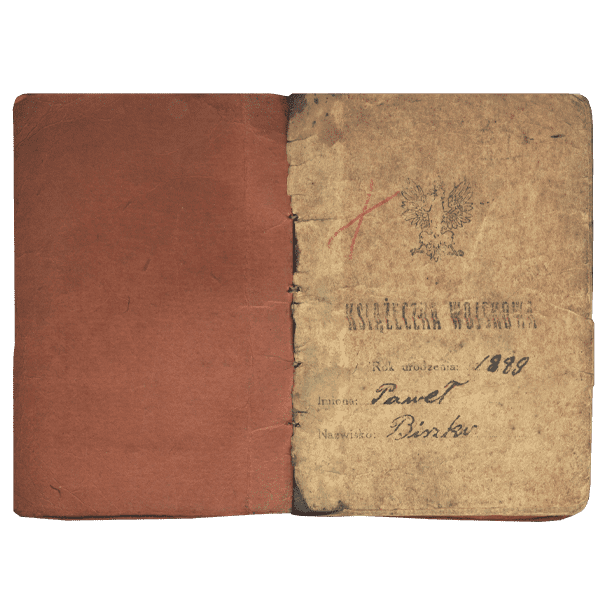

A thing that reminds me of Zeppelin airships
My acquaintance with my great-grandfather, Pavlo Bishko, whom I had never known, happened over time. In early childhood, it was my first visit to his grave, where I read my own name and surname with fear on a stainless steel plate. Later, in a family album, I carefully looked at a photo of my great-grandfather in a neat uniform of the Austro-Hungarian army, not realizing that another family heirloom existed — my great-grandfather's Książeczky wojskowej (military ID).
The 18-page brown book, more than a century old, did not contain a single photo of him. In the square frame, instead of a photo, there was a purple thumbprint of Private Pavlo, who served in the First World War “przy Zeppelinie” (on a Zeppelin), a model of an airship designed by German officer Ferdinand Zeppelin. It dropped bombs, tracked submarines, and transported ammunition.
The Polish-language military ID card also indicates the color of his hair, eyebrows, and eyes; the shape of his nose, lips, and face. His chest size, weight, and height are captured in pen and ink. I do not know what it was exactly that my great-grandfather did on the Zeppelin. However, the anthropological features indicated in the military ticket — his small height and weight — allow me to imagine him taking to the skies in a “lighter-than-air” aircraft of a vulnerable design before airplanes became popular.

